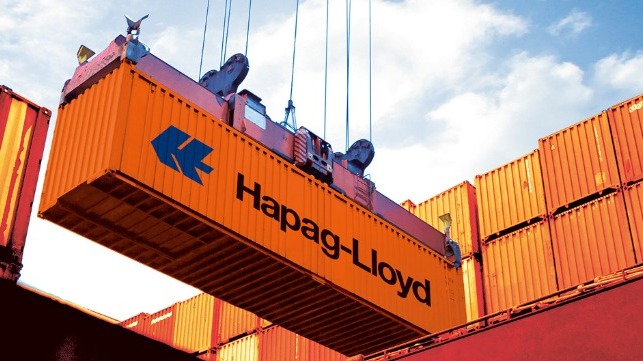Hapag Addresses Container Shortage with Large Order for New Boxes

After months of struggling to meet the demand for containers, Hapag Lloyd announced it is placing one of the largest orders for boxes in the company’s history. The new order, which is valued at $550 million, is designed to ease the supply shortage that has been brought on by strong demand and slowdowns in the movements of boxes throughout the supply chain due to the pandemic.
“The container shipping industry is currently seeing unprecedented demand, which has led to a shortage of containers all over the world,” said Rolf Habben Jansen, CEO of Hapag-Lloyd. “With its recent container orders, Hapag-Lloyd is contributing to efforts to ease the current situation and will be able to offer its customers a much better service.”
Hapag cites the fact that boxes are turning slower, creating shipping companies' need for more than the normal number of containers to carry the same volume. They pointed to delayed shipments due to port congestion brought on by the pandemic as creating pressure on shippers and forwarders worldwide who cannot locate enough boxes not ship their goods.
Hapag has already begun to receive some new containers and expects to continue to receive new boxes built in China through 2021. In total, the company has ordered 150,000 TEU of new dry and reefer boxes. In addition, they are also adding 8,000 TEU of special containers to be used for oversized and dangerous goods. A year ago, Hapag also placed an order for new boxes although that order was smaller in scope.
Starting last summer, Chinese manufacturers of the boxes reported that they were increasing output and working around the clock to produce new boxes to help with the global shortage. Since then, new companies have also announced that they would begin manufacturing containers.
Analysts have cited the shortage of containers as one of the greatest near-term threats to the smooth operations of the global supply chain. Major container ports such as Los Angeles and Felixstowe introduced new programs and incentives to improve the movement of boxes while even the smaller ports have been undertaking efforts to expand their container yards to deal with the increasing flow of boxes.
